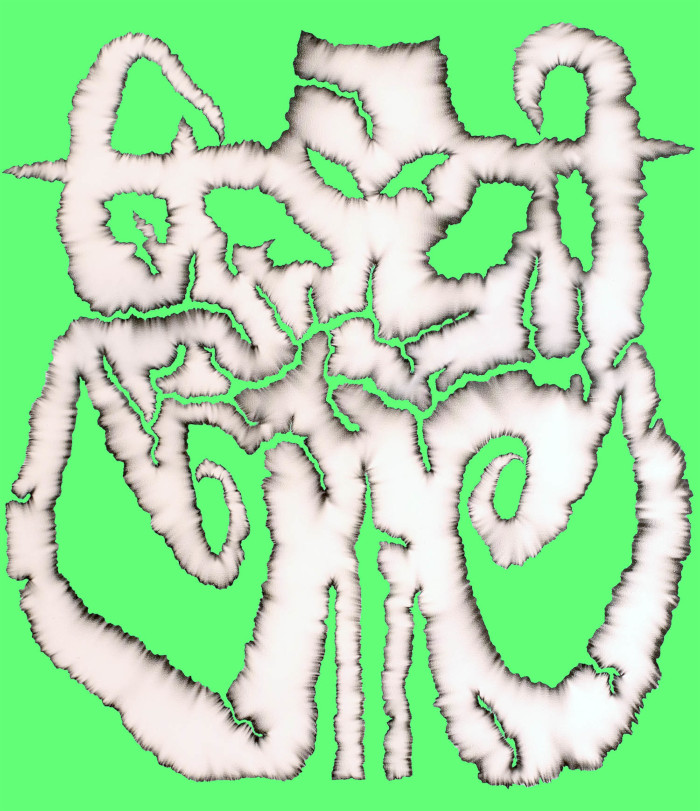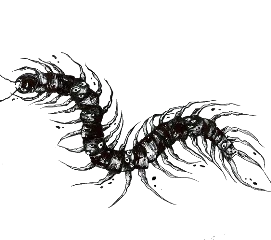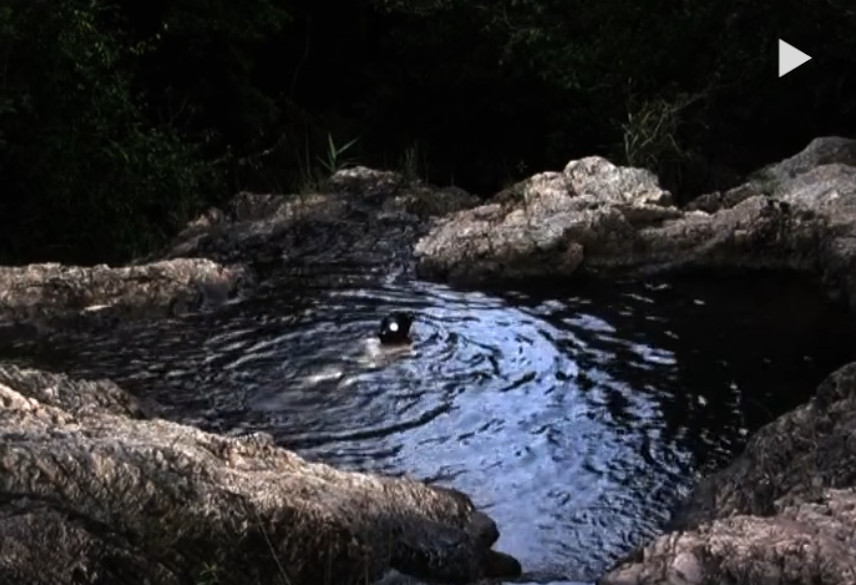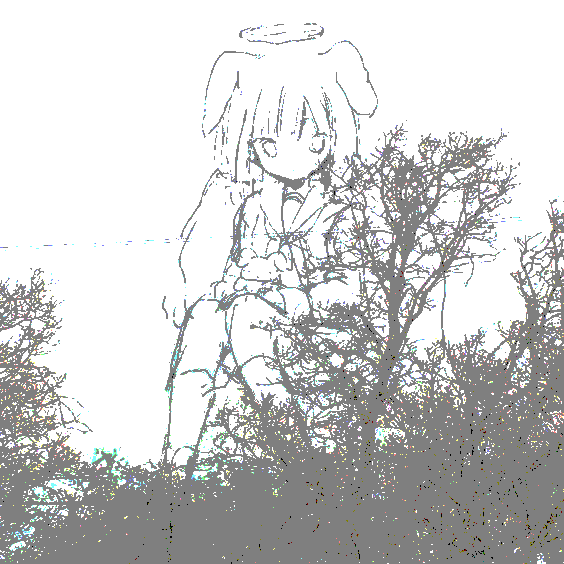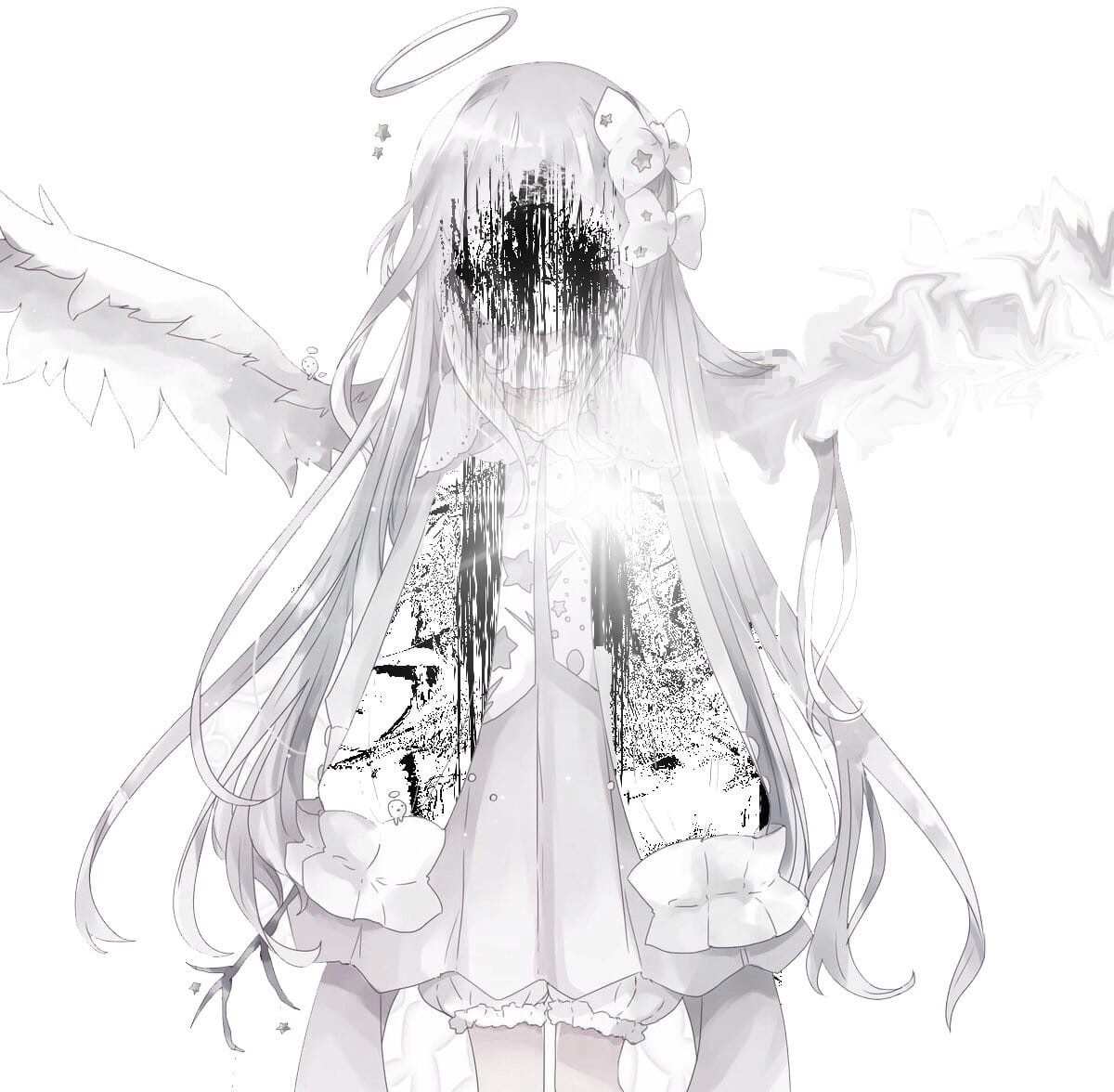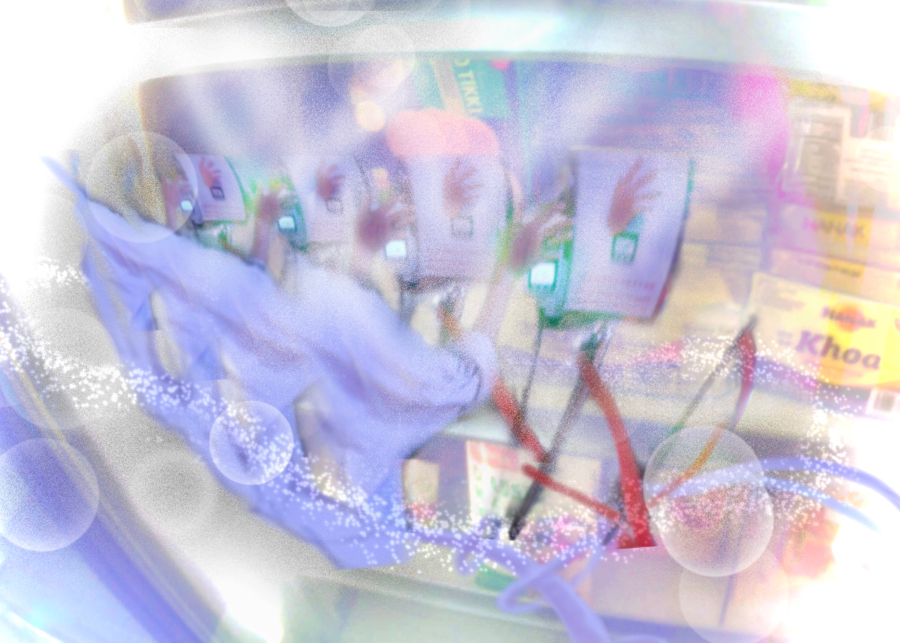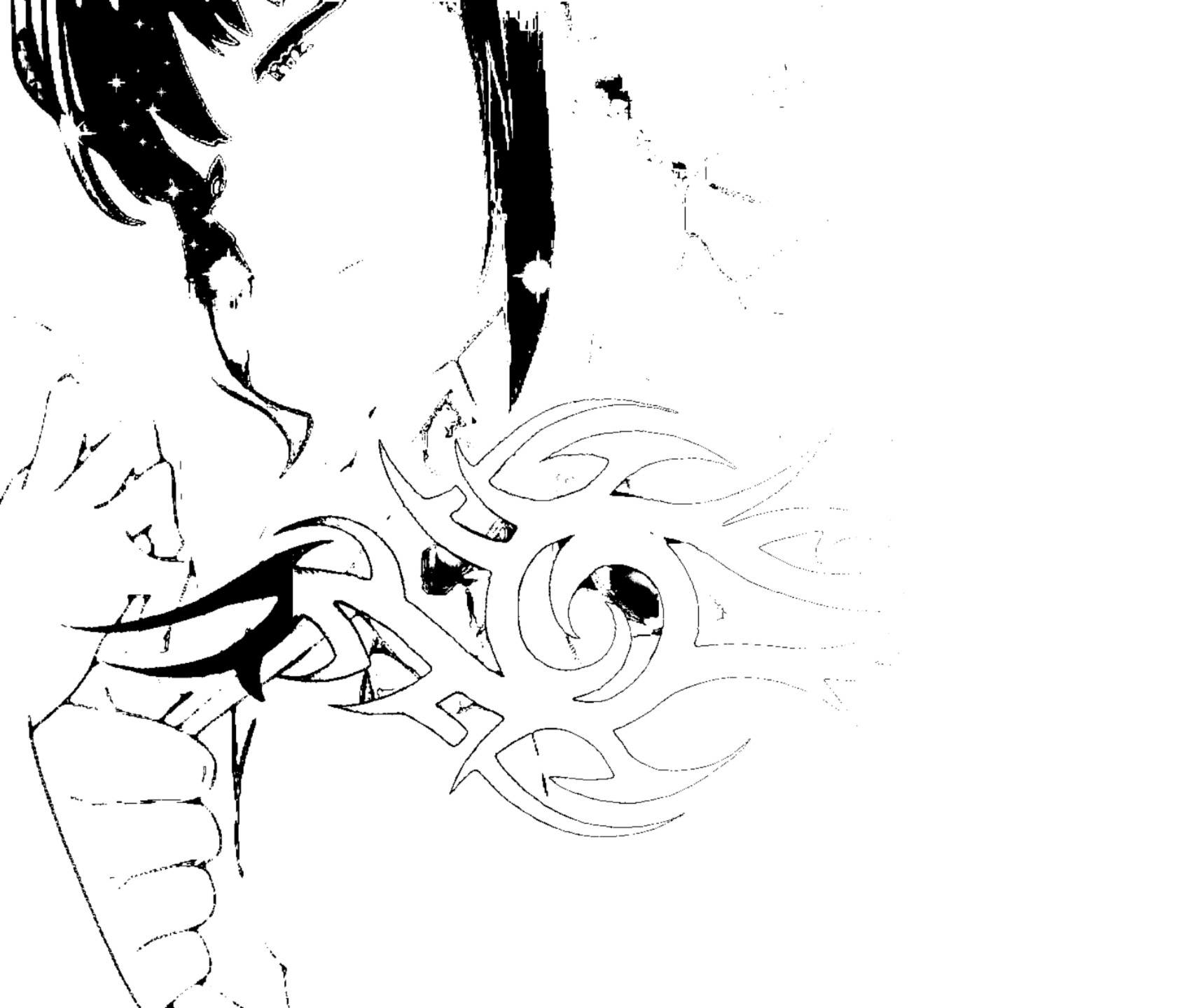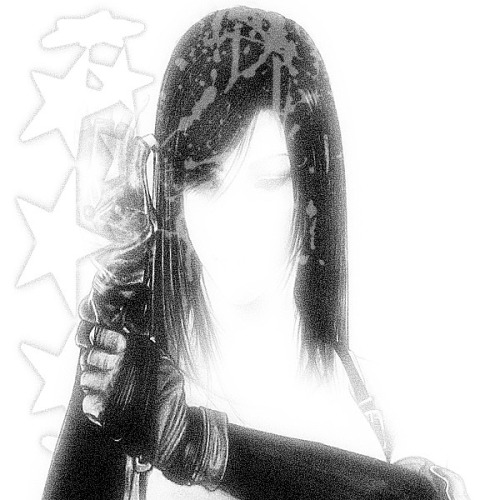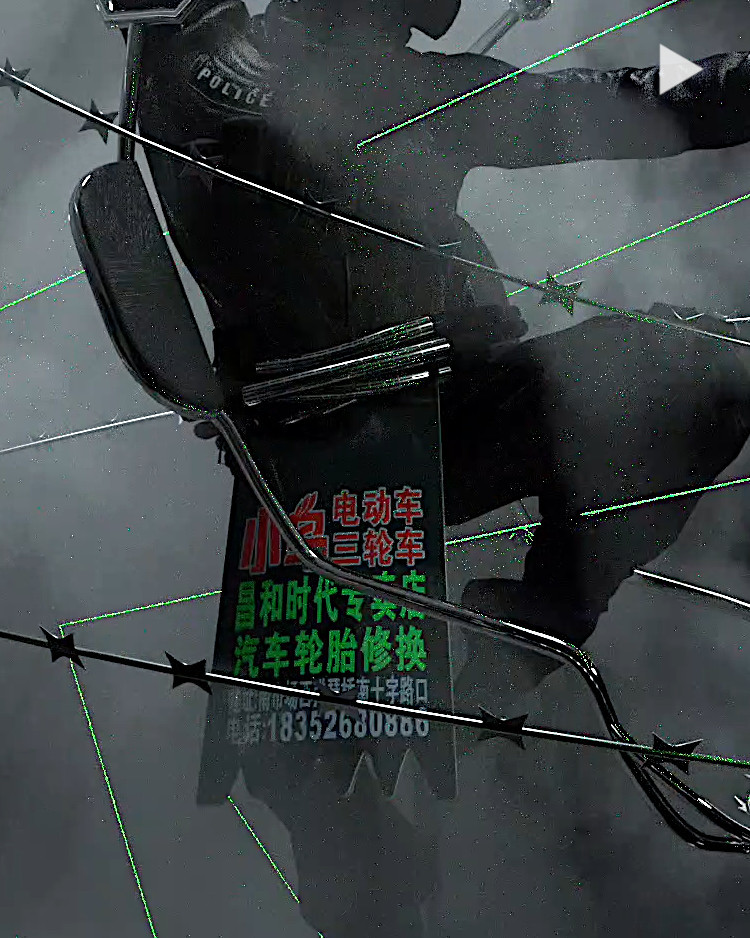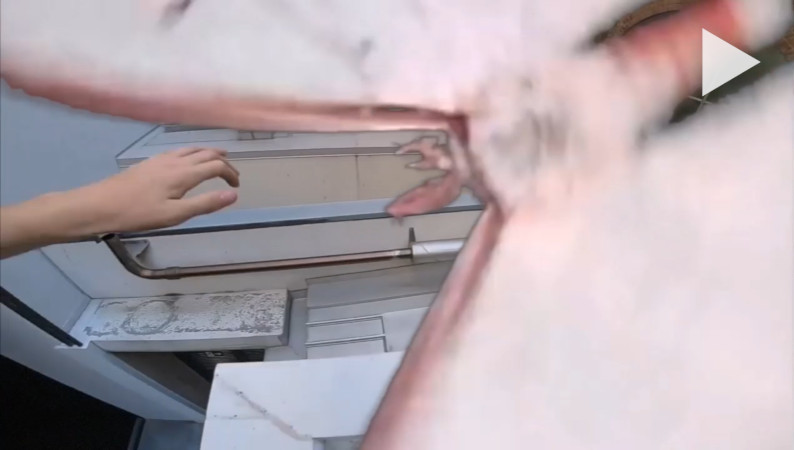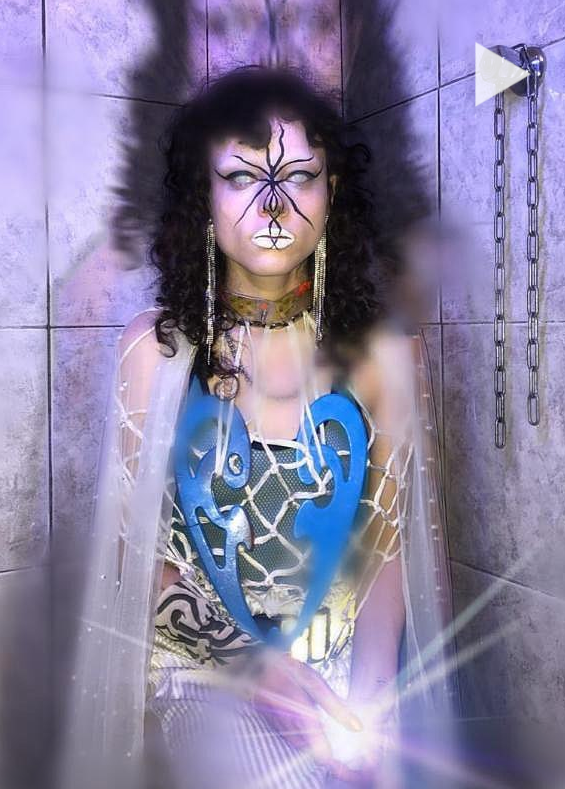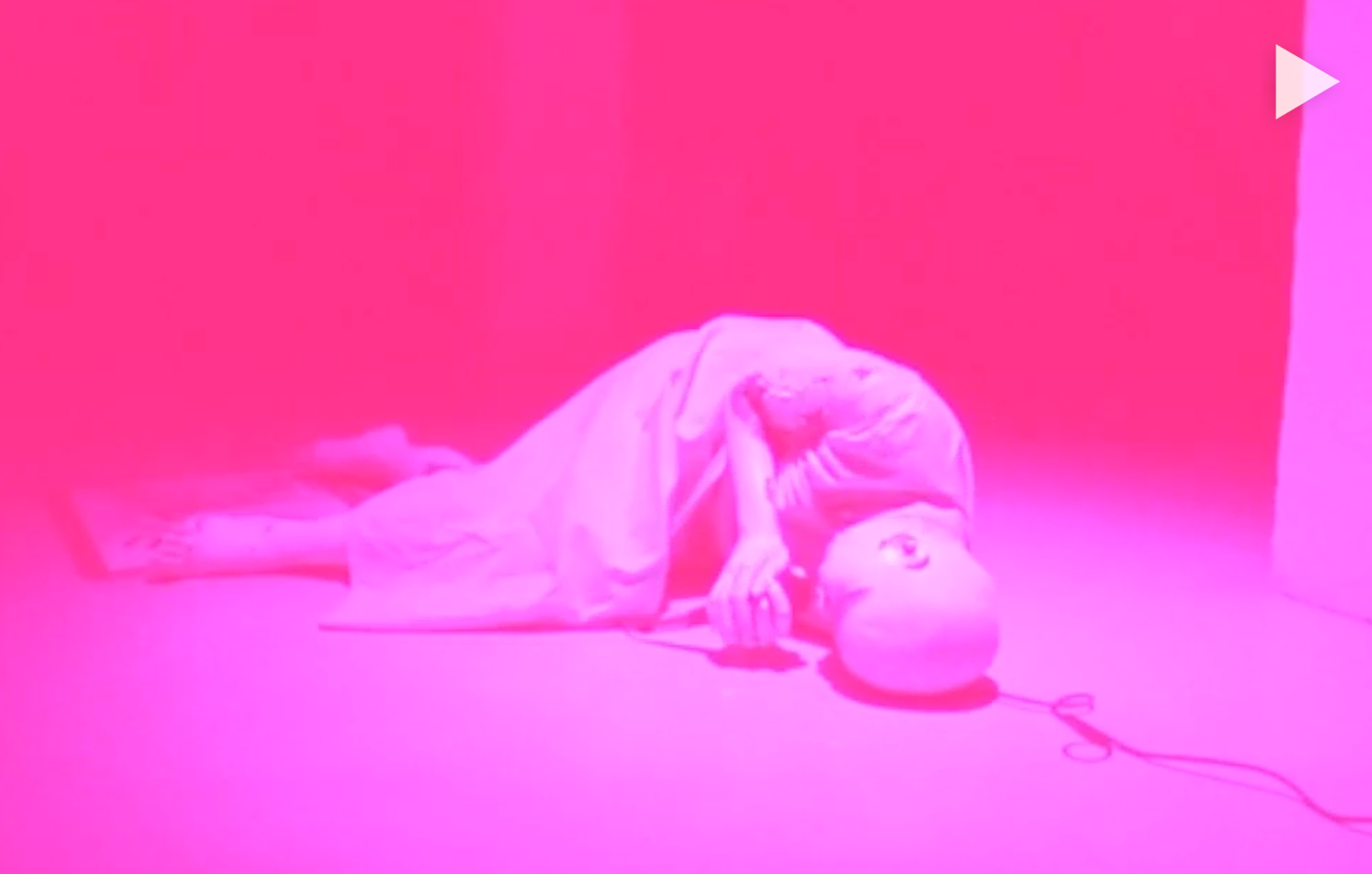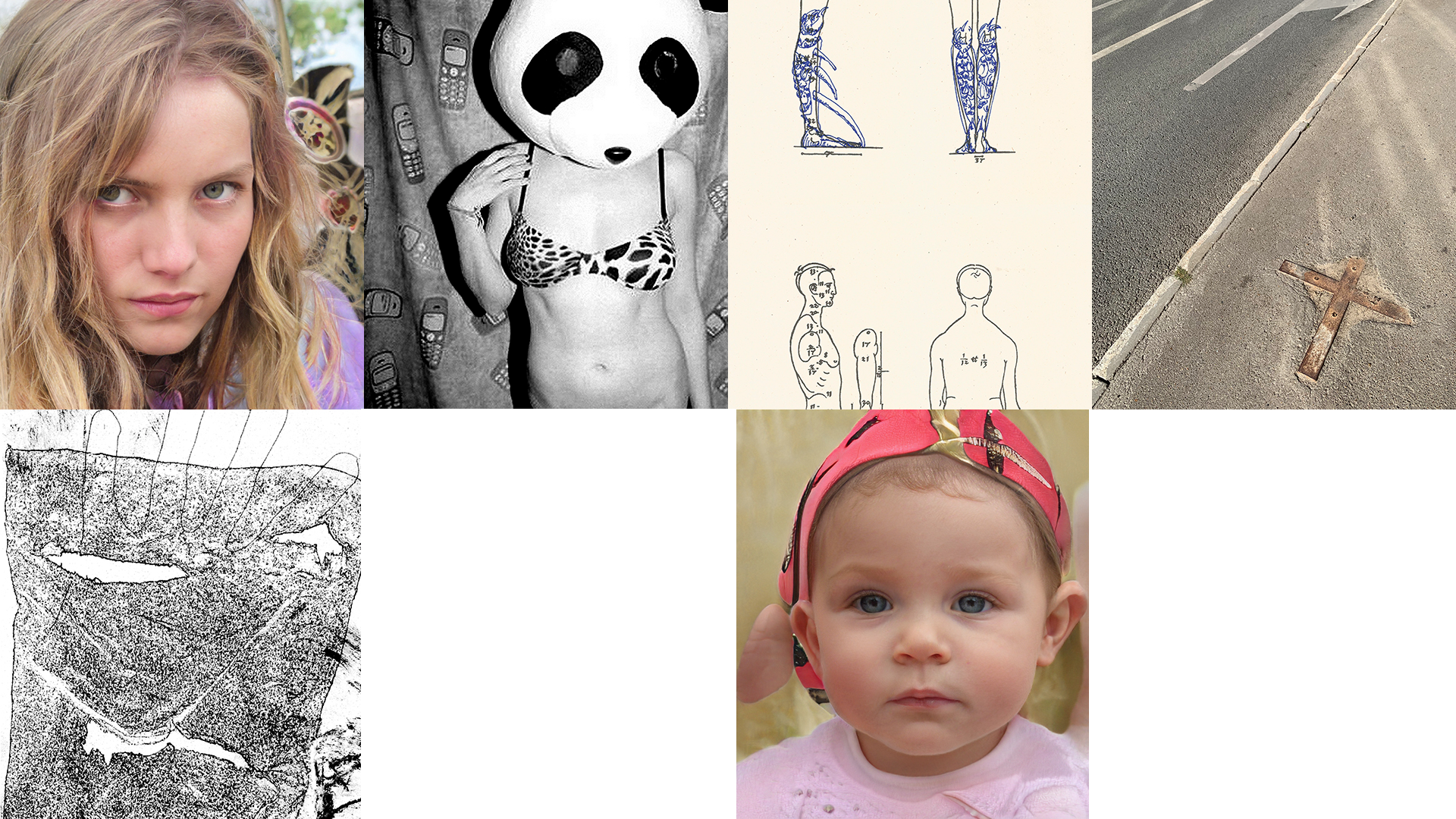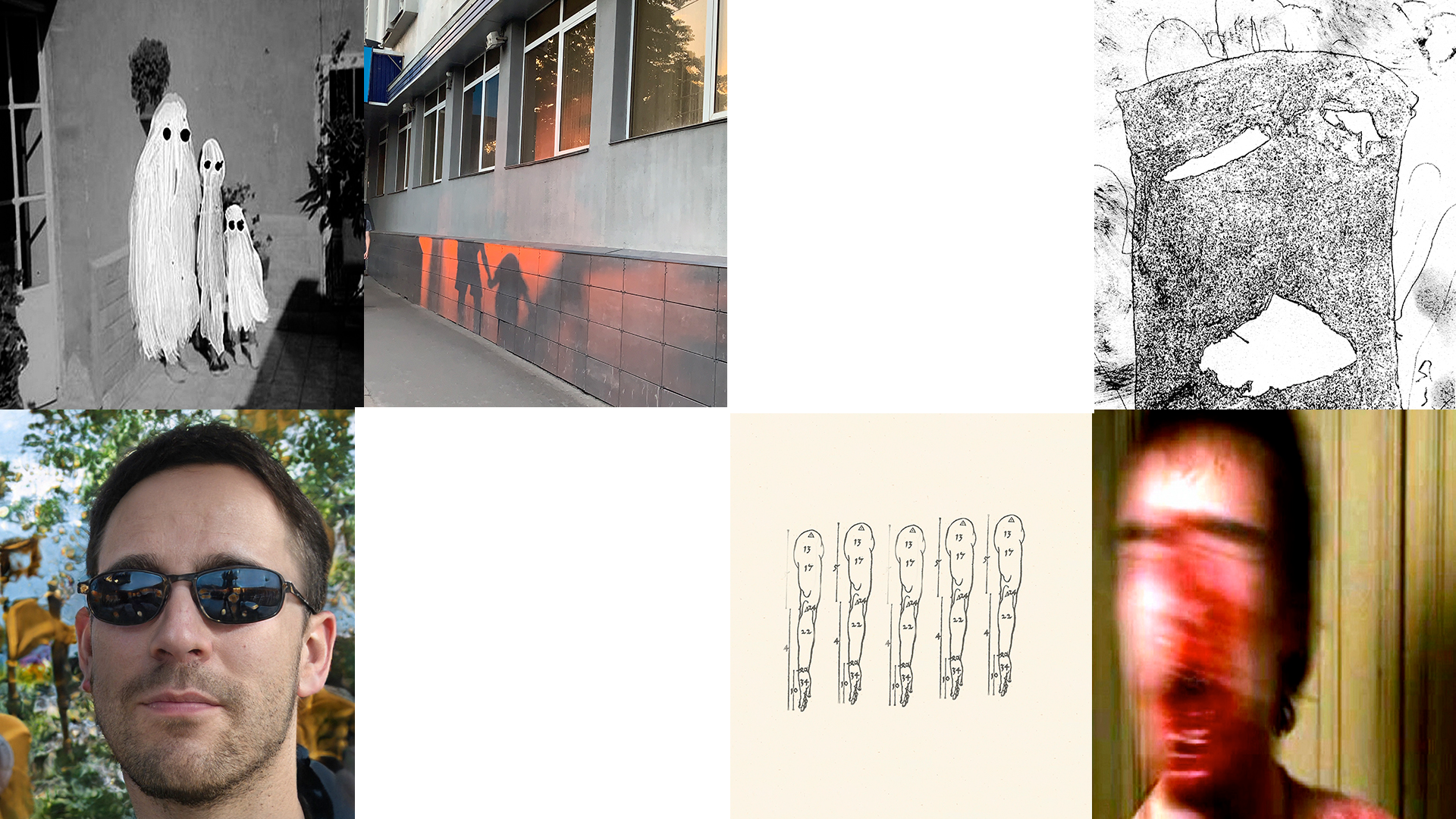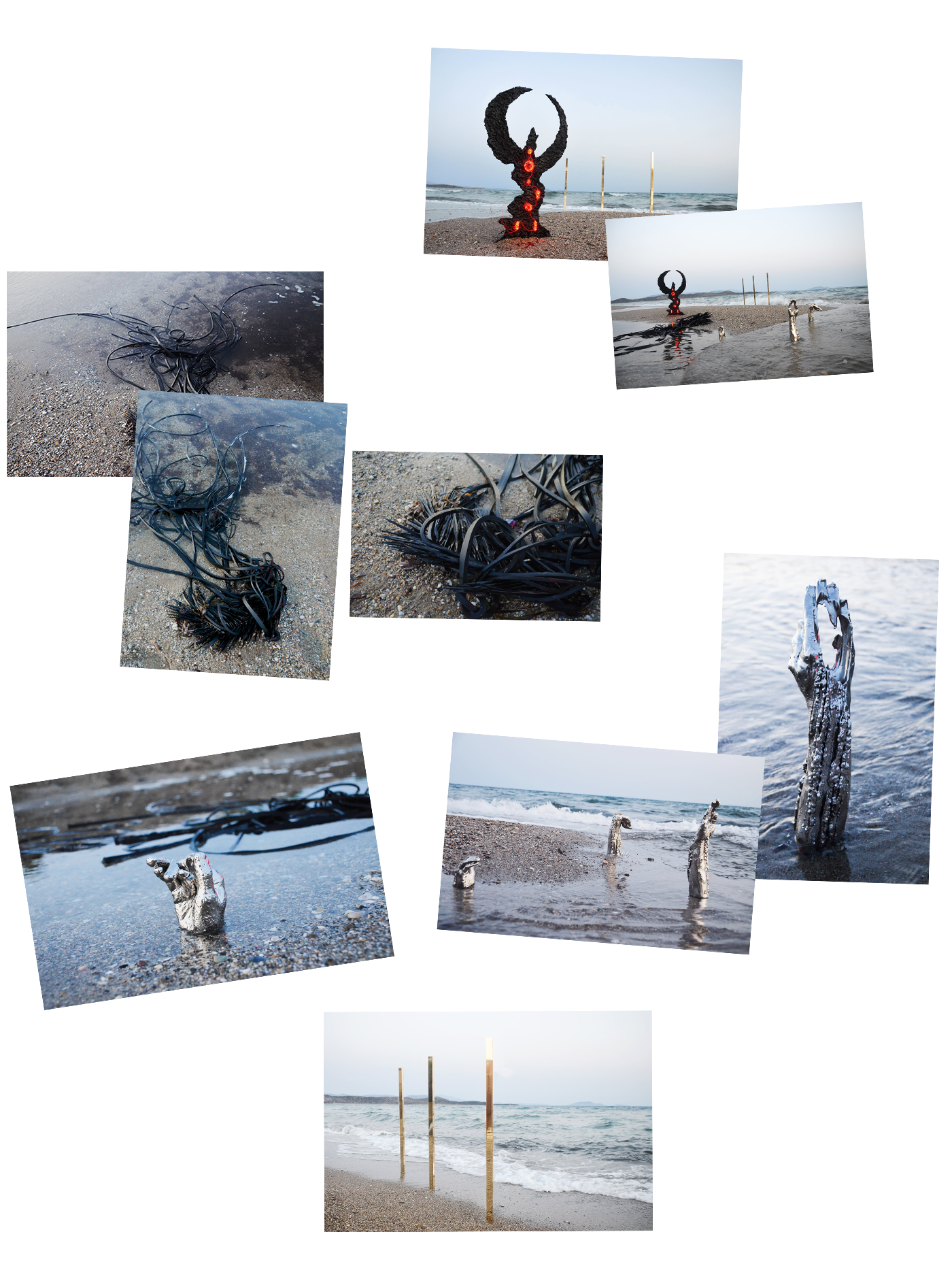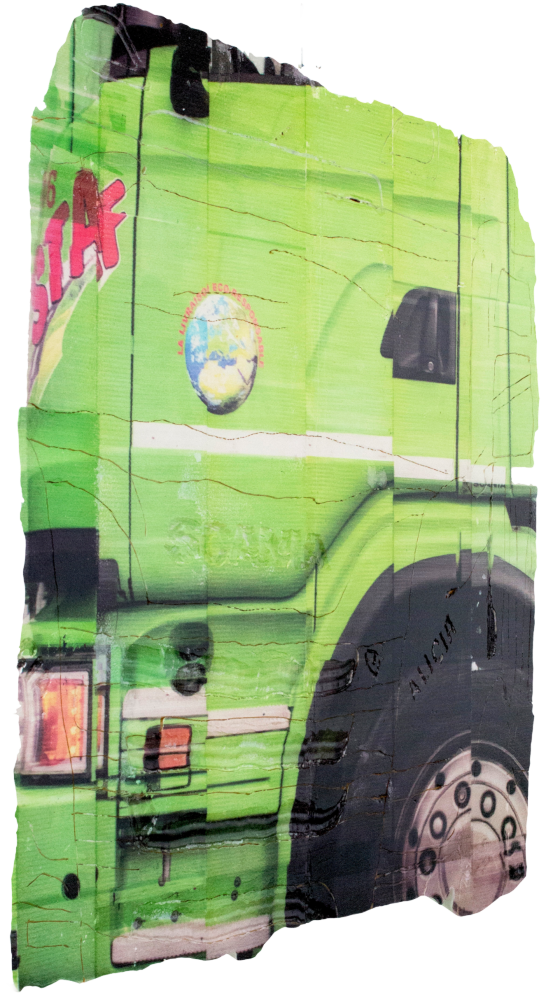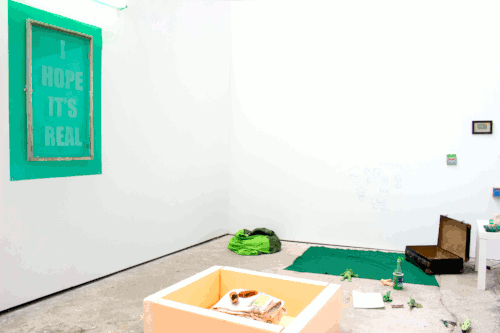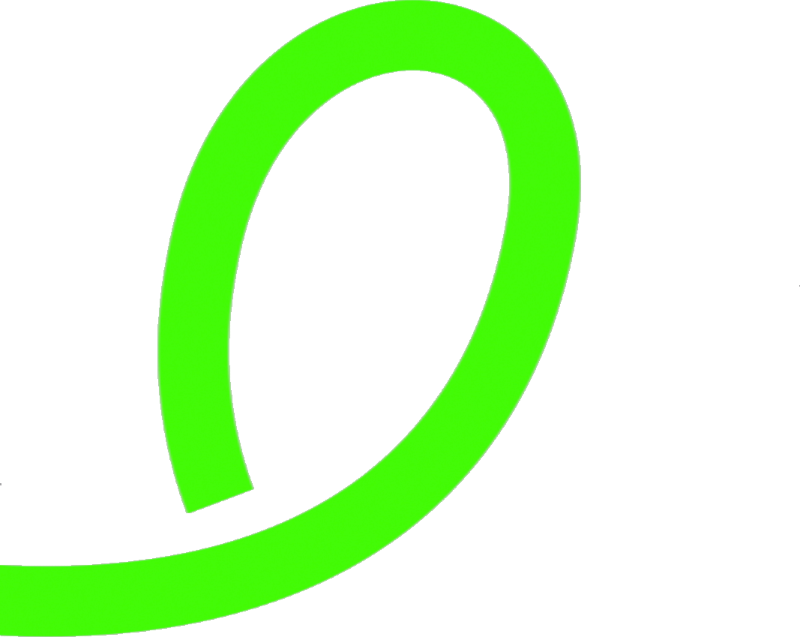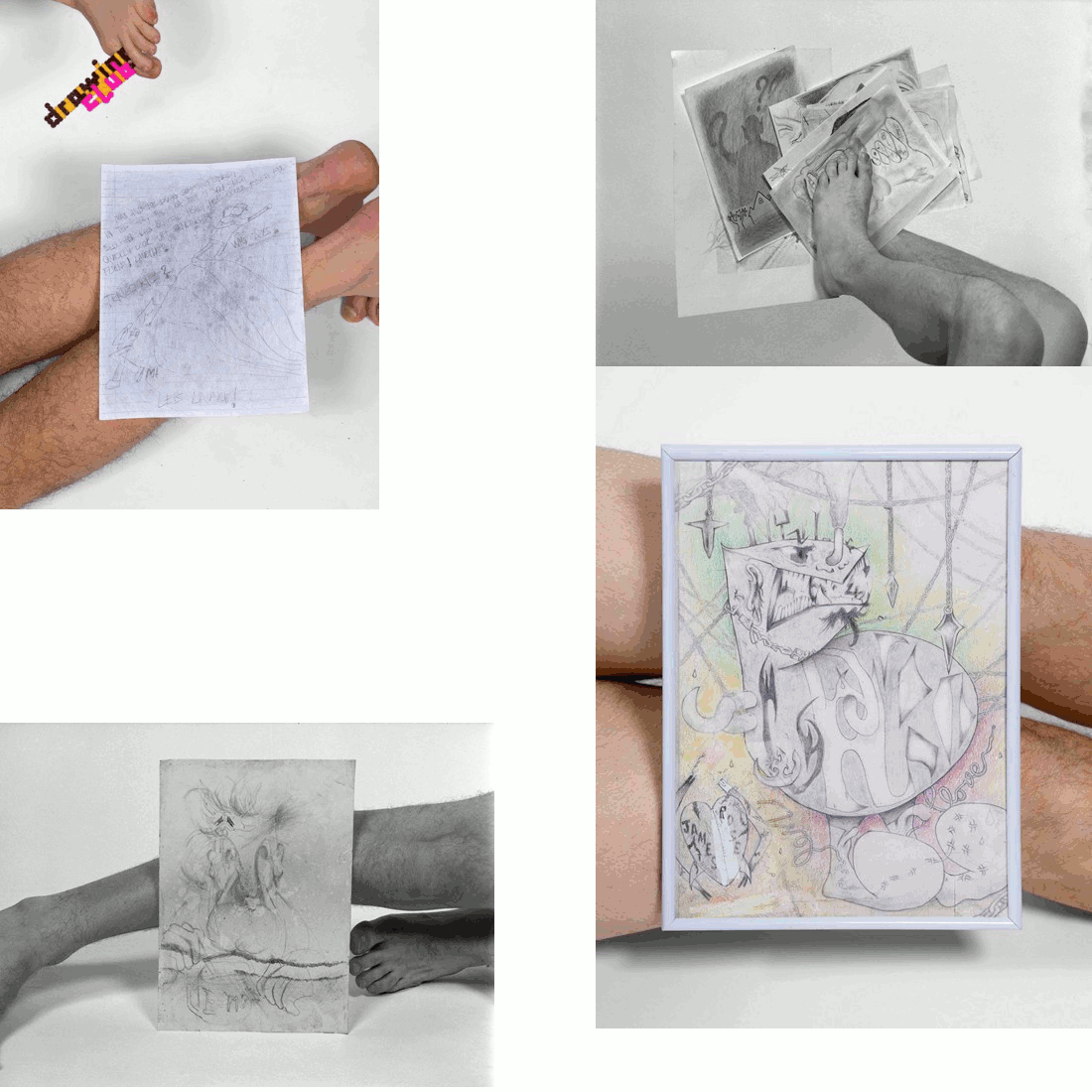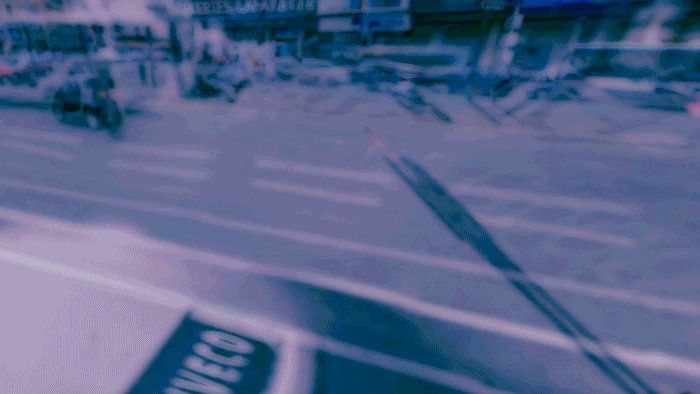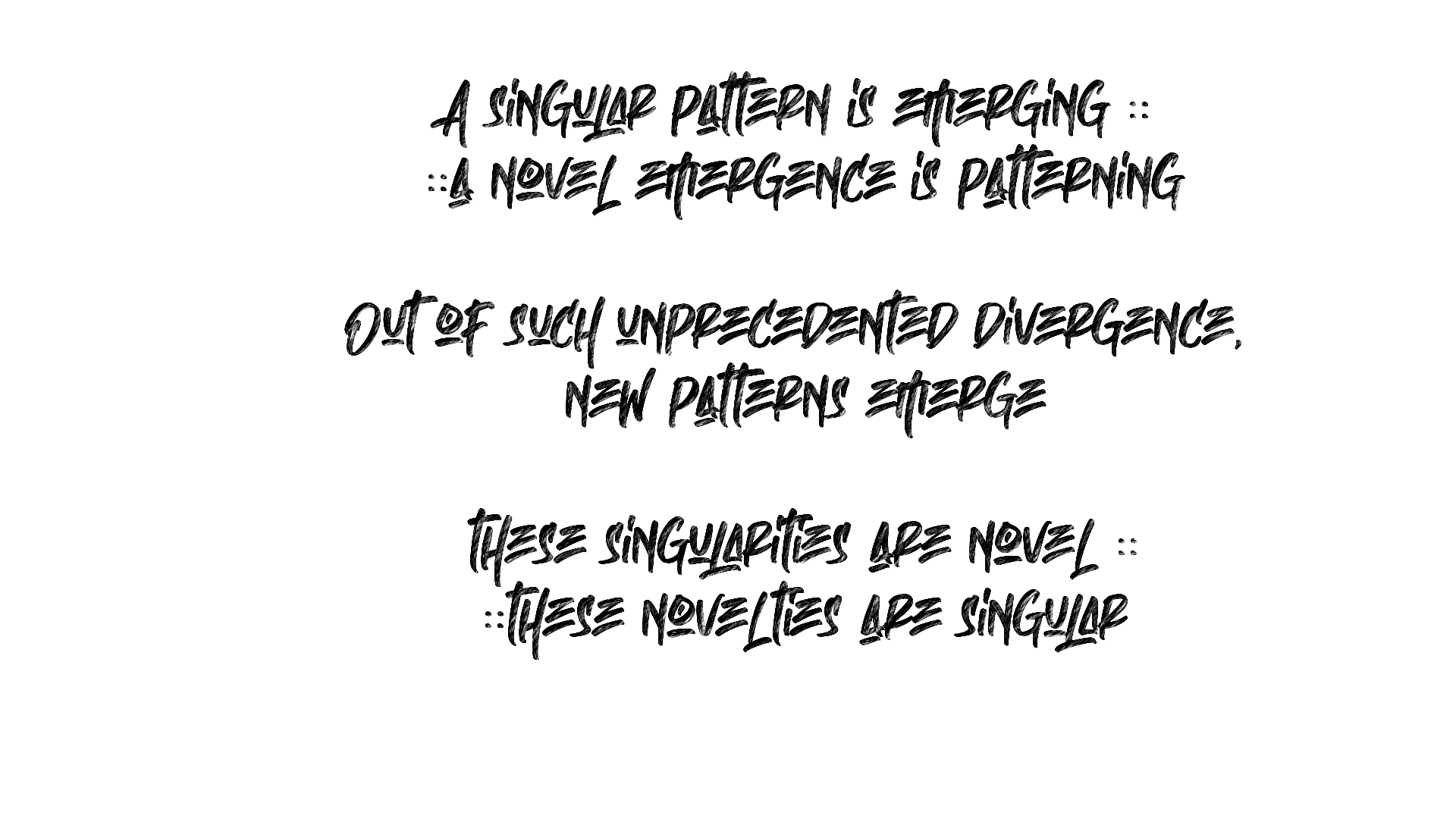×
To my dead mother, and everyone who’s ever heard of me, I have been known as the Lips of Leipzig since I could talk, not only because I run my mouth. I defend myself according to an ironclad continuum of common sense. I speak as the city might speak if its stone and snow had a voice. I’m not a paranoid provocateur, conspiracy theorist, nor an investigator of any professional stripe.
Until the 30th of October, I ignored signs of world-historical significance. They were there within the walls of my house and the bones of my skull. Despite my every attempt to turn a blind eye, desensitized by mass media floods of corporate personification blinking before me like a blathering mental patient. I was confined to invisible institutions specially built for people who identify as the images, sounds, or records of their self-perception, outwardly projected. Until now, visions of these signs have flown haphazard before my mind’s eye, unseen in the depths of my subconscious. I have found the means to bring them to light, to expose them, because I have finally seen them evident not only in my thoughts, but in a trusted source of collective manifestation.
It happened one autumn night, catching the chill wind of an underground space in the Basement, when I began to see clues, hints, whims, fancies, figments. And soon, as patterns emerged, my brain was on auto-pilot, inadvertently collecting evidence. Afterwards I reflected on each memory, and examined each frame of past experience as I would objects. I did not have to manufacture them, as they were uncovered in the Basement.
And it is from this material I have prepared a method, model, or system, repeatable
according to the science of formal pedagogy. I intend to teach anyone who will listen with an
open, willing mind. In short, I came to an understanding by seeing the evidence as a Tutorial, and having retraced my steps, I am now a practitioner of this Tutorial, capable of focusing its techniques to pinpoint singularities of temporal foresight.
My discovery began with a curiosity about the origins of video art, as derived from film,
particularly the idea of the motion picture as a sequence of stills. I discovered that the Basement, between the dates of the 30th of October and November the 14th, was in possession of a most peculiar collection of stills.
These hidden layers were previously unknown to the show’s curators and creators, but
were revealed to me, wordlessly, an outside observer, unsuspecting, fully exposed.
Although pixelated, these stills could be seen as frozen moments along a timeline in
which the world is presently situated, not at the very end before an indefinite future, but
somewhere closer to its beginning following a vestigial past, approaching a fate of future
renewal no less real than the remnants and resonances of the past. And more, each point amounted to a microcosm of chronological suspension, around which the others revolved. I realized that these stills formed a kind of metaphysical skeleton key unlocking various and obscured perspectives in relation to any given subject matter.
What comes into focus does so from different angles, depending on which still is posed
in reference to another. But also, each still stands in contradistinction from the whole, which, by way of its reformation as the Tutorial, leads to the realization of a supernatural phenomenon greater than the sum of visible parts.
The accumulation of specific points, or stills, when posed within the Tutorial, land in
direct correlation to the prevailing epochal paradigm shift in world events. A peculiar resonance of motifs became clear as a numerological recurrence, according to the date when COVID-19 was discovered, “1.12”, minute 1, second 12. The first of December, 2019.
I found a digital, gerbil-like small mammal on its back, reclining like it was exhausted at
the end of the week on a plush, consumer-grade designer couch. Its eyes flickered like a computerized cinematic animation. It was holding gently onto its chest, short of breath with anxiety over the nature of its monologue, projected by a soft-spoken, young female voice. She was remembering a moment in her childhood, hiding with a friend she admired because she was carefree. To hide was to be free, she thought. Their laughter, she said, created a loop, a space of its own making, another world where contact with others was speculative at best.
And it was at minute 1, second 12, when the light went out. The artist, Philip Ullman presented by
bologna.cc, contextualized the silence of a voice, blacked out, as background sounds persisted like the ambient echo inside a warehouse. Following second 1:12, the video projects its uncanny reality, set to a tone of melancholic memory, as the contrast of a nostalgic friendship against the passing of joys long faded.
A series of stills in the Basement concluded with its twelfth incarnation, demonstrating
and affirming the Tutorial’s prime numerical value of 1:12. In the aesthetic of a subtitled video, the series of images ended with one still, quoting, “a surge, contained in the dispersed fragments, dissimulated in the folds of daily life.” It is a succinct message, which gains a certain, applied meaning only within the framework of the Tutorial, that is, by using all faculties of perception and interpretation according to the numerological recurrence of 1:12.
In the video of b maus, the second, 1:12 is a turning point. It is just shy of halfway
through the piece, a collage of roving, assorted observations through the narrow corridor of a phone camera. But at 1:12, the mood shifts, from outdoor or naturally lit scenes and the watering of plants, to a basement within the Basement, in which, at that exact moment, painting supplies come into view. The creative workshop of the mind, neglected, is being cast in the blaze of the sun’s rays, toward the transformation of human sight.
The Basement screened a video by Suze Chan, presented by Harlesden High Street, a London space, and Underground Flower, a global offsite curatorial network. It overlaps avian behavior with streets, parkour. At 1:12, it is a glitch dance of doves against a skyscraper, emblems of peace abstractedly posed against the otherwise abstract human artificiality of the high-rise building.
The video, “CYBORDER” by Gondris Cavel exclaims the definitions of a cyborg, in one
example as a “creature of social reality and also fiction”, as the words sound from the mouth of a virtual being, feminine, her eyes glowing with the incessant light of a cold, machine order. There is a dizzying, kaleidoscopic horror to the piece, of over-institutionalization, confined to isolated disembodiment. At 1:12, the recurring hybrid being states, “a Cyborg creates based on human roots”.
Curiously, the video, “Eht IIaw”, which is, of course, “The Wall” spelled backwards, is a
rapid-fire collage of moving images. At minute 1:12, there is a flowing course of figurative, visual arrangements. The speed and density of the material, as exhibited at the Basement, increases in the same way as the planet’s supposedly spinning faster. By its fixed velocity of rotation around a point, in the same way that 1:12 is a constant before human perception, there is, in fact, the illusion of less time.
The second begins with the flash of a number, 390001, before fusing with the image of
two vicious dogs bearing their fangs. And within any number of discernible instants of subliminal imaging before the second passes, a man walks into a bedroom, bending down over a blanket. Other frames that occur within the second are of children, upside-down, seemingly in the middle of class, sleepy and distracted.
A visually palatable image screamed out from the core of the Basement through
“Origins” by Hyperlink Athens, using a similar technological application of digitized objects over a photographed landscape. In the middle of the unmoving picture is a devilish sculpture of a winged being lit throughout with dots and circles of neon red. The video is essentially a still, parallel to that of a sculpture, as its movement over the course of ten-plus minutes is defined almost entirely by waves that wash against a shoreline, encircling the base of a semi-figurative, glowing body, as its upper arms reach up through the sand into the grey air.
The second, 1:12 is not much different than the rest of its duration in terms of visuality.
But the piece is as much a work of music, and minute 1:12 is at the very beginning of its slow, atmospheric rise, a pressurized eerie fog of humming drones and faded horns.
In the video, “I Hope Its Real”, by ThunderCage, the narrator says that a “No Object” is
not meant to be seen, but to control things.
At second 1:12, the video shifts from its focus on a vagrant with an electric guitar,
pushing a shopping cart loaded with knickknacks before watching a virtual show on a small, portable television set. The young man of a character approaches a sign, that reads, “I Hope Its Real”, and he plugs his guitar into it. Its backdrop instantly transforms from a pale canvas to a screen, on which the demolition of a building plays. He does not watch, but picks and strums his guitar in a mutual performative act with what would otherwise appear to be a detached reality in virtual isolation. From that point on, the wandering guitarist is entangled and engaged with a semi-digital environment. It is amusing and bewildering, but so is life.
That the COVID-19 epidemic began on 1:12 is a sign.
1:1, firstly, indicates a pairing of singularities. And “2”, the emergence of a new pattern.
In the midst of COVID-19, people have experienced a spike in their dependency on the digital world, channeling and rerouting the momentums of history. It is an overhaul of human life, not as mediated by natural surroundings, but by the runaway inventions of digital manufacture. The automatic, super-subjective hyperspace of normality has bent time. (The year AD, itself, is another sign, 2021, can be read as the mirrored variation of 1:12.)
There is a road, like in “CLOVIS XV” by Kevin Senant. But it is blurry, and the vehicle
required to traverse its unreal terrain jolts like bad stop-motion animation. A patch of emptiness flickers here and there, guiding a sense of direction that seems as
whimsical and fabricated as the entire world around it. But it is not a human imagination. It is the imagination of evolution, nature’s momentum of change, coursing through the electric, numerical synapses of a sprawling, unidentified artificial intelligence.
At 1:12, the vehicle has stopped at an intersection.
The surroundings, a banal roadside human infrastructure seem all too normal. The road
ahead is passable. The empty patch of transparent light indicating the cursor, is placed between two parallel cars.
In that world, a digital microcosm of itself lies within the world, lodged in the human mind in the same way that COVID-19 spreads in human lungs. And there is only the perception of movement — whether forward or backward, downward or upward in space or in time — from the perspective of the mover.
Everything stops, including the mover, inside second 1:12. The phenomenal reality of its
recurrence does not have meaning beyond the fact that it is happening, because it is the source of meaning.
The design of the Tutorial and its practice is to enable response to the multiverse of inner and outer space, of pasts and futures, by reading experience as an immersive spatial timepiece set to 1:12.
“Inside the Tutorial Mind” by Matt Hanson







